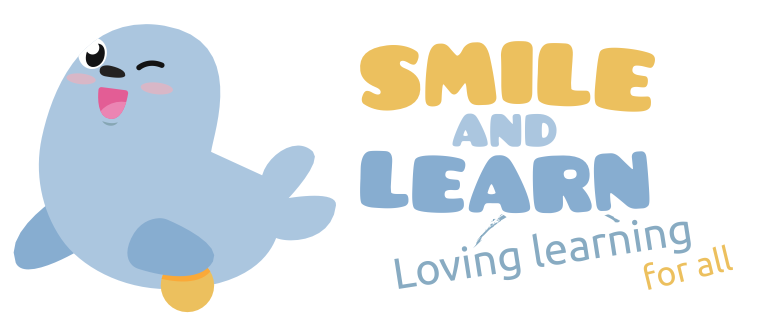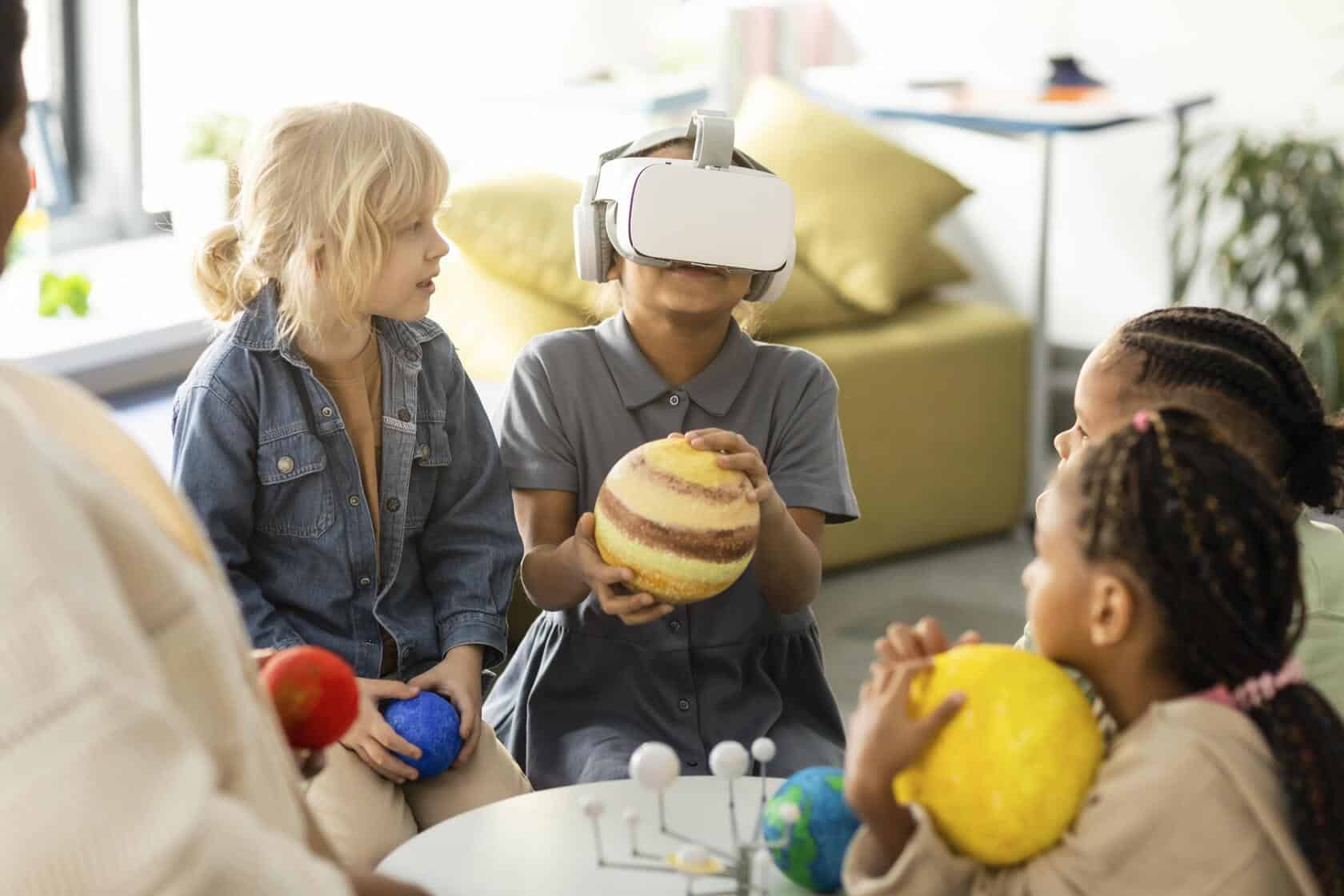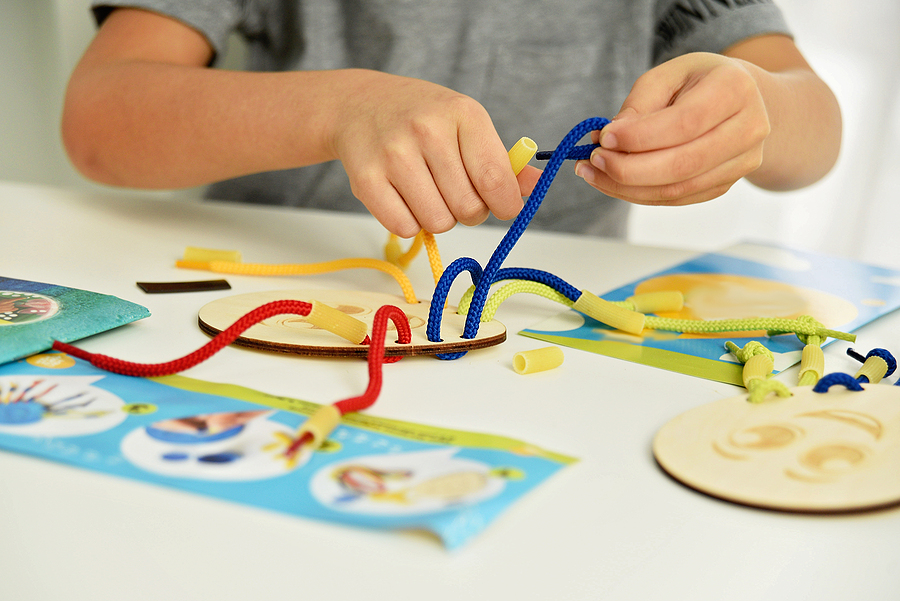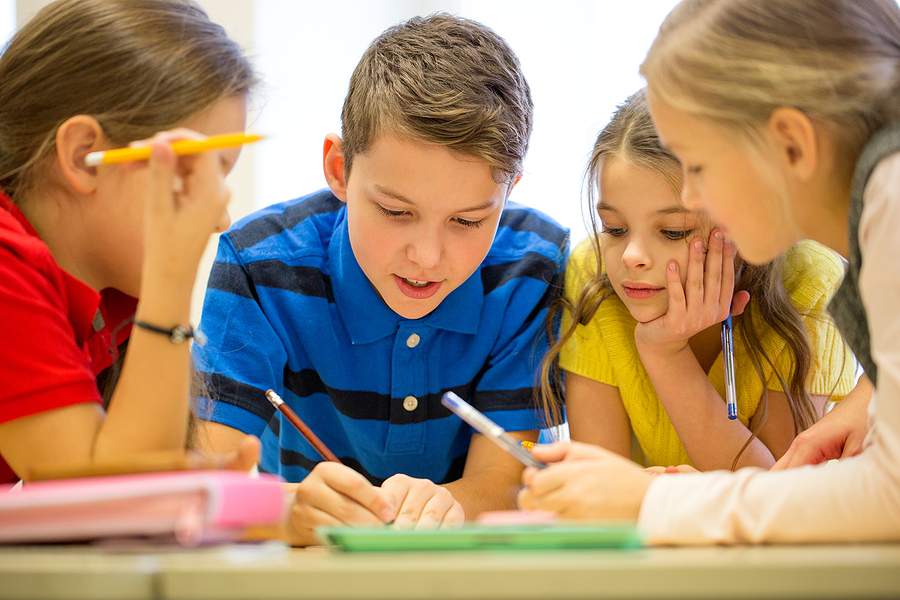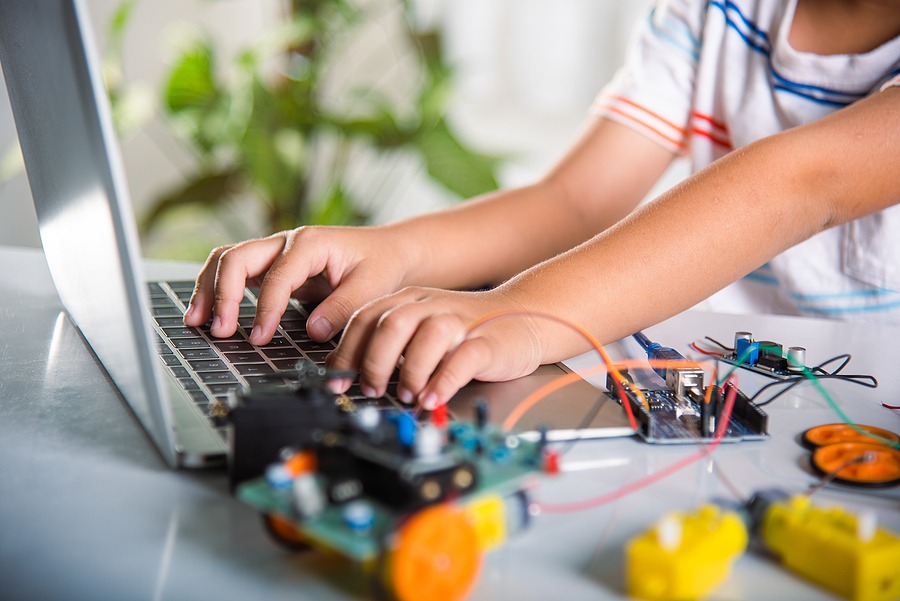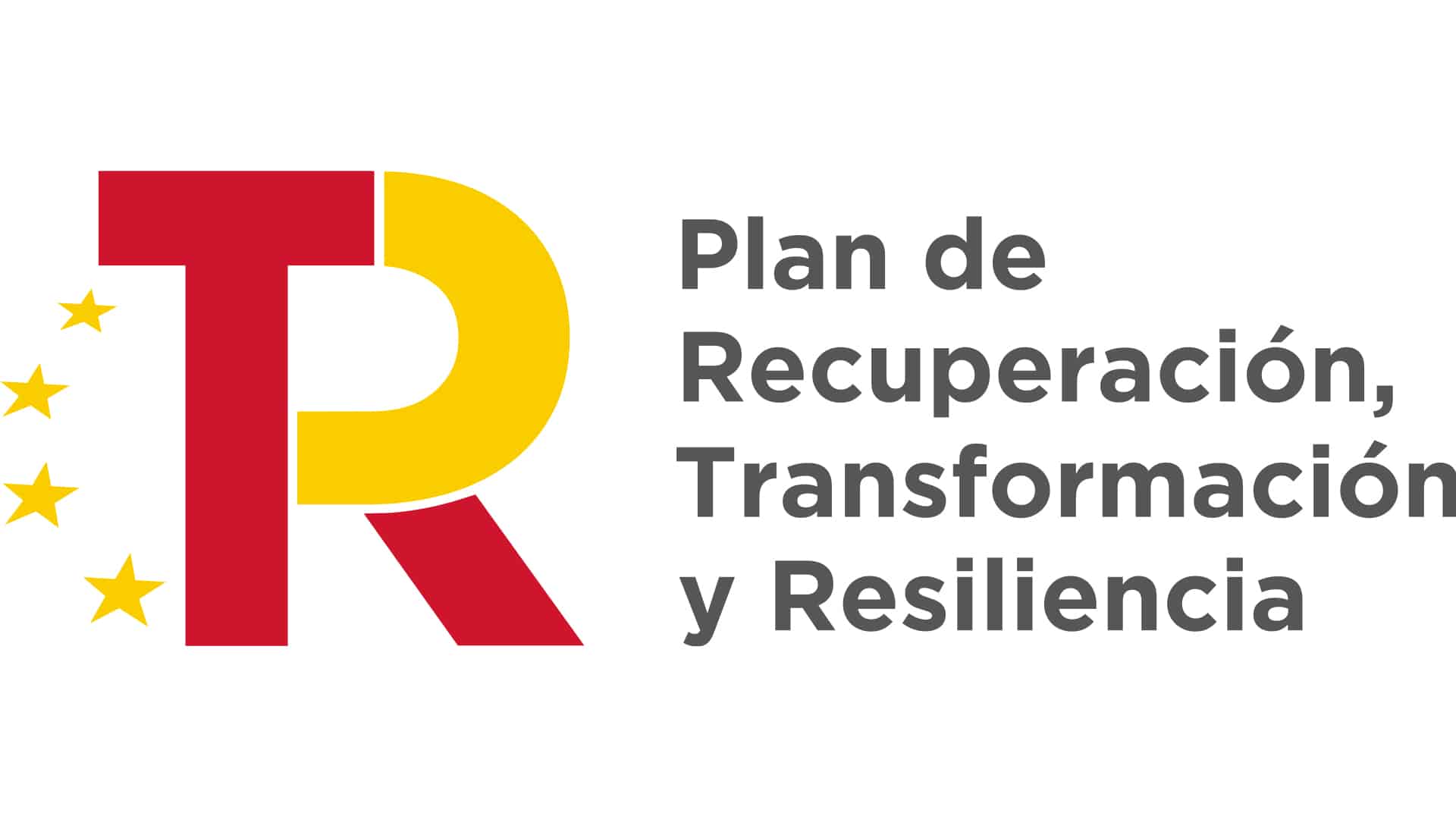As we talked about in this post, Information and Communication Technologies (or ICT) have changed the educational paradigm and have revolutionized the way we learn and teach. Thanks to them, classrooms have been transformed into more interactive spaces through the introduction of electronic devices and digital platforms. In today’s blog post we are going to talk about augmented reality and what advantages it brings to children’s education.
What is augmented reality?
Augmented reality (AR) is a technology that allows users to view graphic or visual elements integrated within the real environment through the use of tablets or cell phones.
There are several types of augmented reality, including marker-based AR and location-based AR. The former requires information transmitters such as QR codes to launch the digital content. They can be found in textbooks where, for example, an image of a cell is displayed by scanning a code. The latter use GPS, locators or compasses that indicate a person’s position and act as a trigger. These factors work together to overlay augmented reality images into the real world. For example, we might see this in a museum where the user stands in a specific position and a projection appears.
Whatever the type, augmented reality technology has great potential for education.
Advantages of implementing augmented reality in education
While it is true that the use of AR is recent in education, more and more schools are implementing this technology in the classroom. Among its benefits we find:
- Augmented reality immerses students in interactive, three-dimensional environments that allow them to explore concepts in a tangible way. This immersion in virtual environments provides a more lasting understanding of the topics, making the learning experience dynamic and engaging. Augmented reality allows lessons to be approached from a more interactive and immersive point of view, which facilitates students’ understanding and improves their focus.
- Integrating augmented reality into the classroom fosters creativity by allowing students to create interactive content. It also promotes collaboration, as students can work together on virtual projects, which helps them develop teamwork and communication skills.
- Augmented reality offers the possibility of adapting educational content according to the individual needs of each student. Teachers can design personalized learning experiences and offer additional support to those who need it.
- Finally, AR can be a great ally in keeping students motivated. It’s a fun and attractive tool that keeps their attention and helps them learn more.
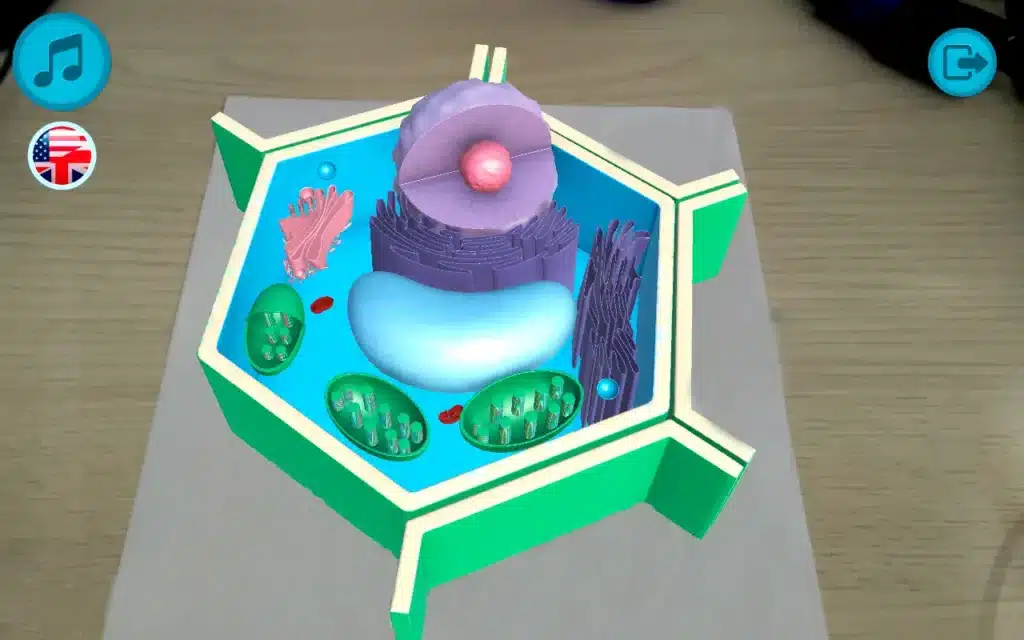
At Smile and Learn we put technology at the service of education. On our educational platform we have several activities that use augmented reality to enrich students’ learning experience. For example, RA activities on the parts of the plant, the animal cell, the plant cell, and many other topics will soon be available on our platform! If you have not yet tried Smile and Learn, you can do so through the following link.
